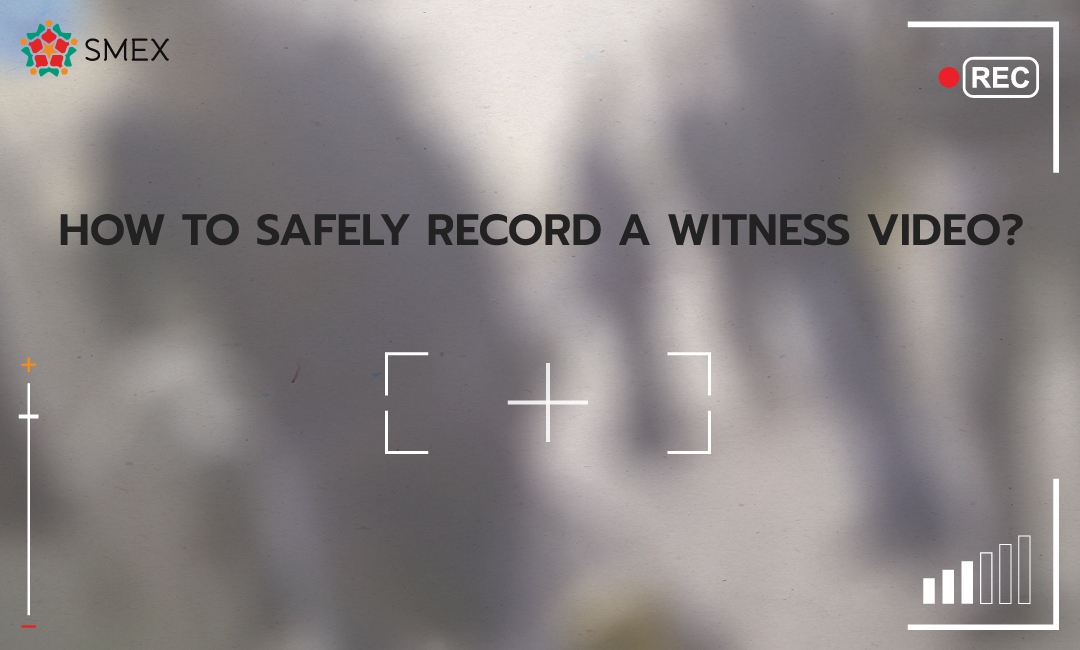Phones have become a viable tool for recording violence and injustice around the world. In many cases, posting online helps bring more attention to a situation, which could pressure the responsible parties to take action, step in, and apply the right measures.
Although filming human rights violations might save someone’s life, it can also threaten the bystander taking the video or photos.
For example, a video recording documenting domestic abuse against a woman may save her life by helping her find a safe shelter. It also serves as evidence to press charges against her abusers. At the same time, revealing her face or even her name online might jeopardize her chances of moving to a safer environment if her abusers can trace her new location. In addition, being recognized publicly will affect how she will be treated moving forward, and it might lead to people fabricating all sorts of stories about why she received such a treatment.
Few measures to consider before recording a witness video:
- Camera: Use a camera application that respects the privacy of the victim and blurs their face: ObscuraCam. (Android and IOS).
- Learn in advance: Check an authentic source and learn how to take the best possible videos and images in a way that would ensure the truth is out there in an authentic and respectful manner. Check out Witness.
- BEFORE YOU FILM
Assess the risks: Could filming the incident put others in danger by exposing the victim’s identity, home address, or sensitive personal information? Or put you in harm’s way?
Show the details: Document license plates, badge numbers, threatening symbols or signs, weapons, property damage, violent behavior, injuries, etc.
Focus on telling a story: If investigators eventually see the video, they’ll need to hear what’s going on. So narrate, but stay calm and state only factual details, like a description of the incident and what led up to it.
- BEFORE YOU SHARE
Pause: The purpose for recording a witness video as a bystander is to present it as evidence to the police or the responsible authority. Therefore, make it your priority to take it to a police station first. If later on you realize that the victim did not receive the help necessary, and that their life is still in danger, you can then post the video online. Keep in mind that once the video is available on the internet, you will lose control of how and where it will be used. If you post the video on your personal Facebook page or YouTube channel, you might be the target of a media onslaught. So, speak with the victim, a lawyer, an advocacy organization, or a trusted journalist for guidance first. Most importantly, make sure you are always protecting yourself in the process.
We live in a world where internet search engines can dig up information about anything and anyone in seconds. A video revealing a victim’s identity can jeopardize their already minimal chances of leading a normal life again. For instance, their information may be used against them in divorce, custody, or child welfare cases, or it might aid their abusers in discovering their new location.



